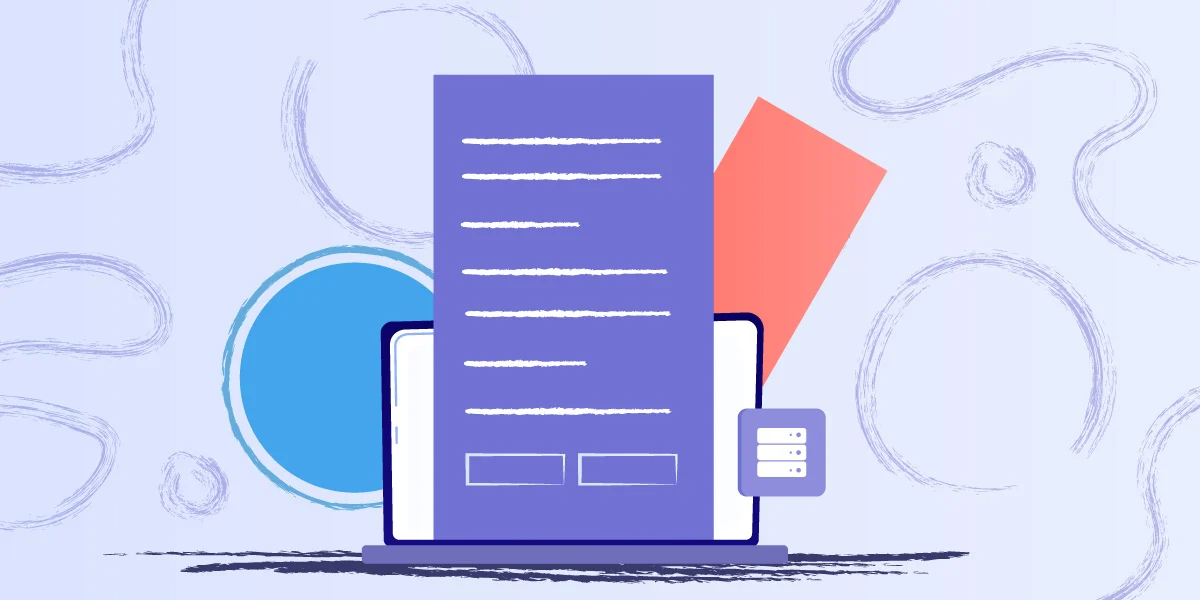Do you feel like a mess of numbers and subnet masks when someone begins talking IP addresses? This is normal. Mastering IP Subnetting is no joke but don’t despair: this ultimate cheat sheet subnet will make the process less of a daunting mystery! You’ll learn how to identify and distinguish subnets in this easy guide. Whatever your level, whether you’re an experienced administrator of networks or a newbie, all network administrators should be able to understand IP basics and how they work in order to ensure that their networks function properly.

Subnetting IP allows network administrators to control and optimize the network’s resources. We’ve created the ultimate cheat-sheet to guide you through the process of subnetting. Whether you’re a beginner or needing an easy reference, this thorough guide will arm you with the knowledge and skills required for successful IP subnetting.
I. Understanding IP subnetting:
IP subnetting is a method that separates networks into subnetworks or smaller networks to increase the efficiency of the entire network and to manage IP address assignments. It is the process of creating virtual subdivisions within a larger network and assigning unique IP addresses for each subnet. This enables data to be routed effectively and also improves security.
II. The importance of a subnetting cheat sheet:
Subnetting cheatsheets are a valuable tool for administrators of networks. It’s a helpful resource that includes formulas as well as rules and subnetting techniques. This helps make subnetting easier and more accurate. If you’re looking to calculate subnet masks, determine network and host ranges, or conduct subnetting calculations, having a cheatsheet on the go will help you save time and increase accuracy.
III. IP Subnet cheat sheet: the most important components:
1. Subnet Mask Subnet Mask used to identify the network and host portions of an IP address. This cheat sheet is an easy way to identify the subnet mask by referring to the number of bits in the network.
2. Network Address: The address of the network is the basic address of a subnet. It defines the subnet’s location in the overall network.
3. Broadcast address: The broadcast address is the address that tops a subnet. This address is used to send information to all devices within the subnet.
4. Host range The host range refers to the set of IP addresses valid that can be assigned to devices within a subnet. It does not include addresses for networks and broadcast addresses.
5. CIDR Notation: Classless Inter-Domain Route (CIDR) notation identifies subnet masks using Slash Notation (/) followed by the number of network bits. The cheat sheet provides a conversion table for quick information.
IV. Tips and techniques for subnetting success
1. Subnetting using hand: The cheatsheet subnet gives detailed instructions for subnetting. It does not need calculators or any subnetting software. Knowing the basic principles will enable you to tackle the subnetting challenge confidently.
2. Variable Length Subnet Masking (VLSM) VLSM allows for the allocation of different-sized subnets within a network. The cheatsheet subnet can provide information on how VLSM can be used to optimize IP allocation.
3. Binary to Decimal Conversion: Understanding the binary-to-decimal conversion is crucial to subnetting. The cheat sheet contains the table of conversion as well as tips on how to convert binary numbers in a short time to decimal.
4. Subnetting Quick Reference Chart: The cheat sheet includes a subnetting chart, mapping the number of network bits to the mask for the subnet, as well as the number of subnets and the number of hosts per subnet.
5. Subnetting Examples: The cheat sheet offers concrete examples and samples of subnetting problems that allow you to test your abilities and reinforce your understanding.
V. The advantages of subnetting with a cheat sheet:
1. Time-saving Subnetting cheat sheet, you can complete subnetting calculations quickly and accurately and efficiently, reducing time spent on the administration of your network.
2. Accuracy and efficiency: The cheatsheet functions as a reference that can be relied on to limit the possibility of errors in subnetting calculation and ensure a successful use of network resources.
3. Learning Aid: This cheat sheet is a great learning tool that will help you comprehend subnetting techniques and concepts. It helps you understand subnetting concepts and techniques more clearly.
If you are able to grasp IP subnetting, IT experts can quickly set up networking systems and effectively manage IP networks. You should now have gained invaluable knowledge about how to create subnets and monitor them, and analyze the results as required. While IP subnetting doesn’t require profound understanding of the network fundamentals, reviewing the basics is essential in order to gain a better understanding of this powerful tool that a lot of IT experts are using today. Like all IT skill, practice makes perfect. Always work through the IP subnetting Cheat Sheet exercises to ensure you are familiar with the subject. Best of luck!